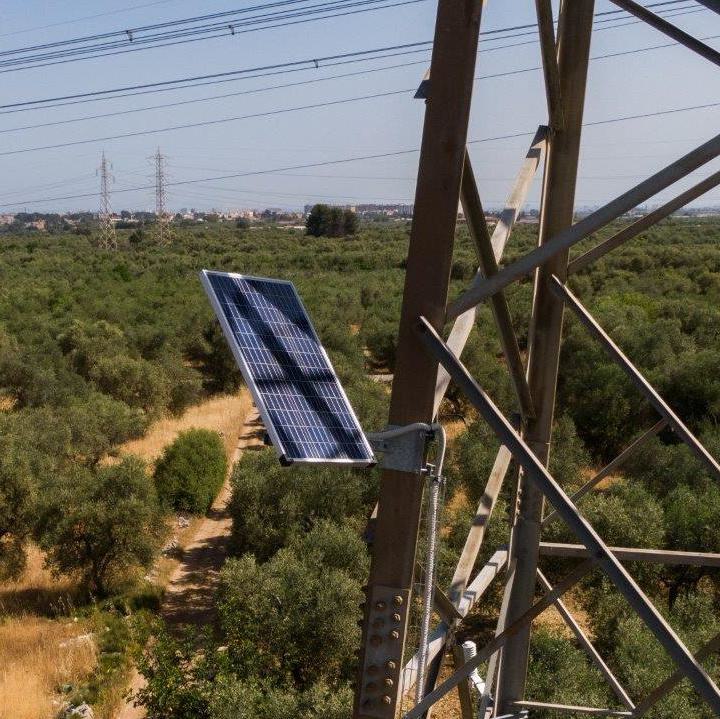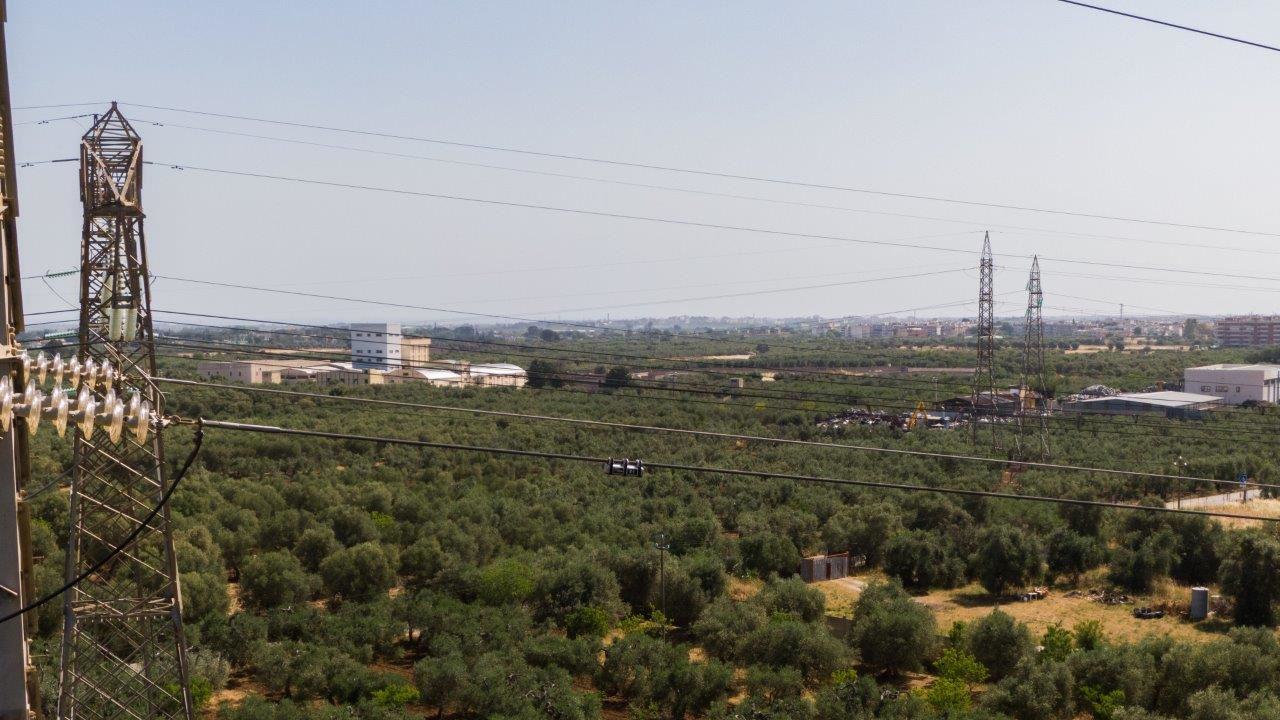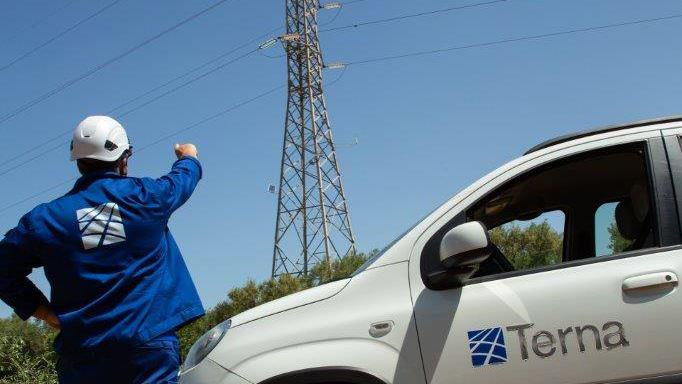The energy transition raises two important issues. The first is numerical: there are many small-scale renewable plants across the country, which makes management more difficult than before. The second is the discontinuity of sources, since wind and sunlight are not always available. So how will we reach the goal of 100% green energy by 2050?
In order to help solve this dilemma, Europe has launched the Osmose project, created as part of the Horizon 2020 programme. At the forefront for Italy is Terna, the electricity transmission system operator, which is conducting a series of tests between the Puglia and Basilicata regions. The programme began in early 2018 and the study phase recently ended: we are now entering the phase of tests in the field, which will continue until October-November. The project is expected to conclude between late 2021 and early 2022.
«Our goal is to study methods and tools so that production from renewables can effectively be used on the grid. In order to integrate renewables it is necessary to increase the flexibility of the grid and the electricity system as a whole», that is to say its capacity to adapt supply to changes in demand, explains Luca Orrù, project manager for Terna. After all, the acronym Osmose stands for “Optimal System-Mix Of flexibility Solutions for European electricity”.


